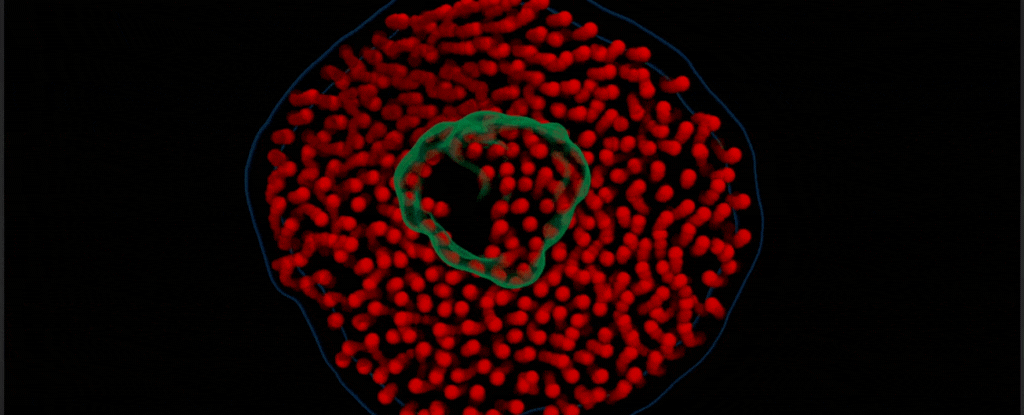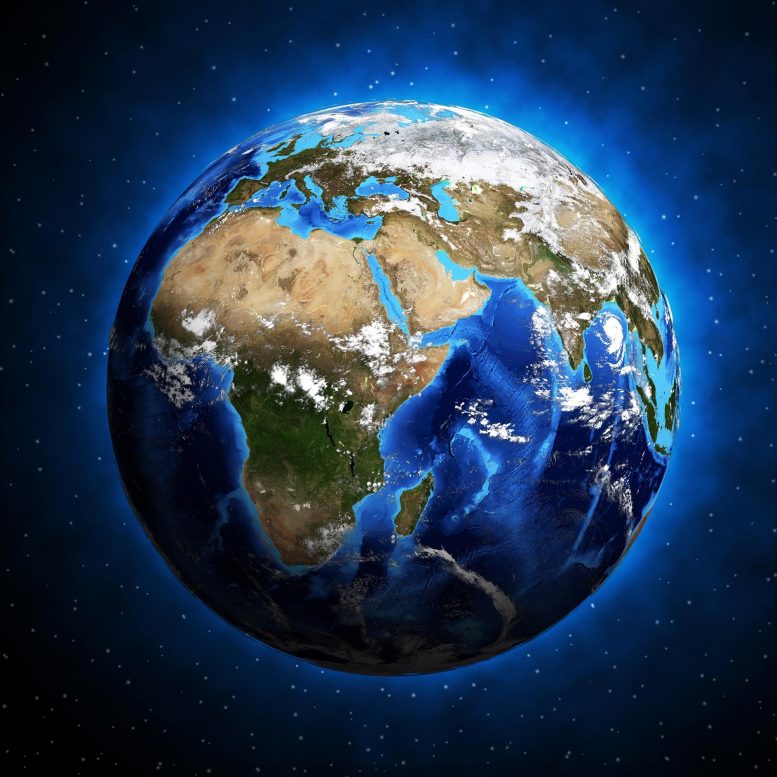Según los investigadores, la expansión de las plantas ha cambiado por completo la biosfera de la Tierra.
Un nuevo estudio revela que las plantas de la Tierra han cambiado la composición de la Tierra.
Según una investigación de Universidad de Southamptonla composición de los continentes de la Tierra cambió repentinamente como resultado de la evolución de las plantas terrestres.
En colaboración con colegas de la Universidad de Queen en Canadá, Universidad de Cambridgey la Universidad de Aberdeen y la Universidad de Geociencias de China en Wuhan, investigadores de Southampton, dirigidos por el Dr. Tom Gernon, estudiaron los efectos de la evolución de las plantas terrestres en la composición química de la Tierra durante los 700 millones de años anteriores.
Los hallazgos de los investigadores se publicaron recientemente en
Ferns were some of the first land plants to colonize the continents, with some analysis indicating that they evolved about 430 million years ago. The scientists report a step change in the composition of the continental crust at precisely this time, which they relate to fundamental changes in river systems tied to the evolution of land plants. Credit: Dr. Tom Gernon / University of Southampton
Around 430 million years ago, during the Silurian Period, when North America and Europe were connected to form the continent known as Pangaea, the evolution of land plants took place.
Plants drastically modified Earth’s biosphere (those regions of the planet’s surface where life flourishes), laying the stage for the emergence of dinosaurs around 200 million years later.
“Plants caused fundamental changes to river systems, bringing about more meandering rivers and muddy floodplains, as well as thicker soils,” says Dr. Christopher Spencer, Assistant Professor at Queen’s University in Kingston, Ontario, lead author of the study. “This shift was tied to the development of plant rooting systems that helped produce colossal amounts of mud (by breaking down rocks) and stabilized river channels, which locked up this mud for long periods.”
The scientists recognized that plate tectonics connects the Earth’s surface and deep core: rivers wash mud into the oceans, and this mud is subsequently carried into the Earth’s molten interior (or mantle) at subduction zones, where it melts to produce new rocks.

The team recognized changes in the composition of rocks formed by the melting of Earth’s interior at subduction zones where major tectonic plates collide. The present-day subduction volcano shown here is Avachinsky, Kamchatka. Credit: Dr. Tom Gernon / University of Southampton
“When these rocks crystallize, they trap in vestiges of their past history,” says Dr. Tom Gernon, Associate Professor of Earth Science at the University of Southampton and co-author of the study. “So, we hypothesized that the evolution of plants should dramatically slow down the delivery of mud to the oceans and that this feature should be preserved in the rock record – it’s that simple.”
To test this idea, the team studied a database of over five thousand zircon crystals formed in magmas at subduction zones – essentially ‘time capsules’ that preserve vital information on the chemical conditions that prevailed on Earth when they crystallized.

The present-day subduction volcano shown here is the Island of Montserrat, West Indies. Credit: Dr. Tom Gernon / University of Southampton
The team uncovered compelling evidence for a dramatic shift in the composition of rocks making up Earth’s continents, which coincides almost precisely with the onset of land plants.
Notably, the scientists also found that the chemical characteristics of zircon crystals generated at this time indicate a significant slowing down of sediment transfer to the oceans, just as they had hypothesized.
The researchers show that vegetation changed not only the surface of the Earth but also the dynamics of melting in Earth’s mantle.
“It is amazing to think that the greening of the continents was felt in the deep Earth,” concludes Dr. Spencer.
“Hopefully this previously unrecognized link between the Earth’s interior and surface environment stimulates further study.”
Reference: “Composition of continental crust altered by the emergence of land plants” by Christopher J. Spencer, Neil S. Davies, Thomas M. Gernon, Xi Wang, William J. McMahon, Taylor Rae I. Morrell, Thea Hincks, Peir K. Pufahl, Alexander Brasier, Marina Seraine and Gui-Mei Lu, 29 August 2022, Nature Geoscience.
DOI: 10.1038/s41561-022-00995-2

«Propenso a ataques de apatía. Explorador de aspirantes. Analista ávido. Fanático de Internet. Comunicador»







More Stories
Por primera vez, los científicos capturan en vídeo la danza de las proteínas y las grasas: ScienceAlert
La investigación combina origami de ADN y fotolitografía para acercarse un paso más a los ordenadores moleculares
Brote de sarampión y tos ferina: «Debemos proteger a nuestros niños»